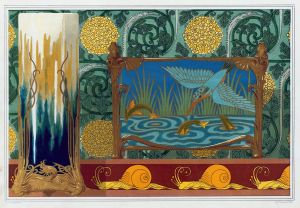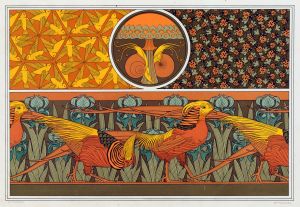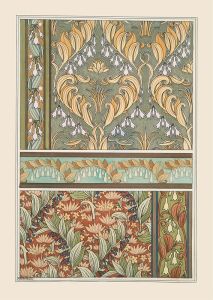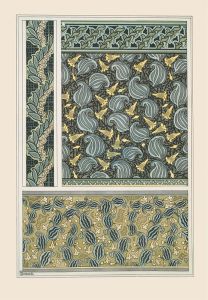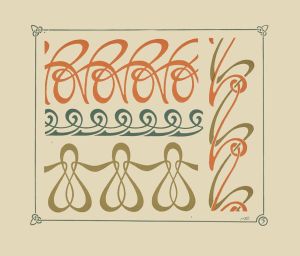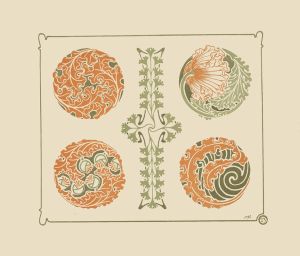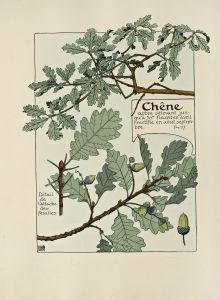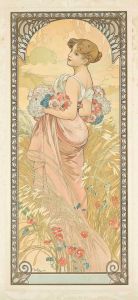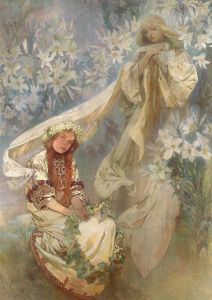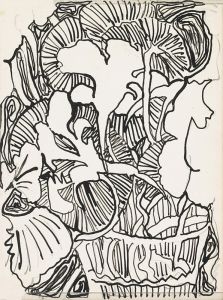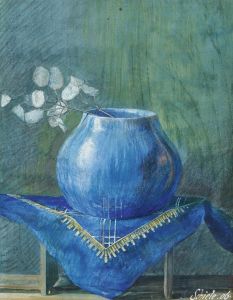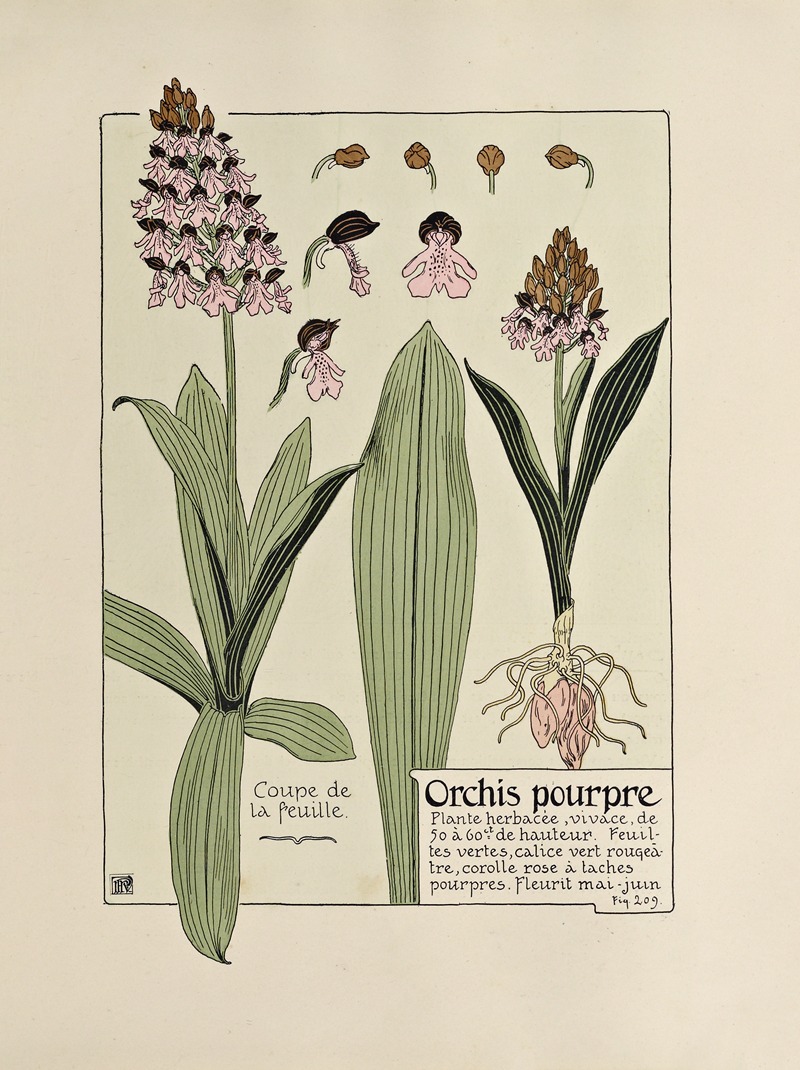
Orchis pourpre
A hand-painted replica of Maurice Pillard Verneuil’s masterpiece Orchis pourpre, meticulously crafted by professional artists to capture the true essence of the original. Each piece is created with museum-quality canvas and rare mineral pigments, carefully painted by experienced artists with delicate brushstrokes and rich, layered colors to perfectly recreate the texture of the original artwork. Unlike machine-printed reproductions, this hand-painted version brings the painting to life, infused with the artist’s emotions and skill in every stroke. Whether for personal collection or home decoration, it instantly elevates the artistic atmosphere of any space.
Maurice Pillard Verneuil was a prominent French artist and designer known for his contributions to the Art Nouveau movement. He was born on April 29, 1869, in Saint-Quentin, France, and became renowned for his work in decorative arts, particularly in the fields of illustration and design. Verneuil's artistic style was heavily influenced by the natural world, and he often incorporated botanical and zoological elements into his work.
One of Verneuil's notable works is "Orchis pourpre," which translates to "Purple Orchid" in English. This piece is part of his broader exploration of floral motifs, a common theme in Art Nouveau, which sought to harmonize art with the natural environment. The movement was characterized by its use of organic forms, flowing lines, and intricate patterns, all of which are evident in Verneuil's work.
"Orchis pourpre" exemplifies Verneuil's skill in capturing the delicate beauty of flowers. His attention to detail and ability to render the intricate patterns found in nature are hallmarks of his style. The artwork likely features the orchid, a flower known for its exotic appearance and symbolic associations with beauty and refinement. Orchids were a popular subject in Art Nouveau art due to their unique shapes and vibrant colors, which lent themselves well to the movement's aesthetic principles.
Verneuil's approach to design was not limited to traditional canvas or paper. He was also involved in creating patterns for textiles, wallpapers, and ceramics, applying his artistic vision to everyday objects and spaces. This integration of art into daily life was a key aspect of the Art Nouveau philosophy, which aimed to break down the barriers between fine art and functional design.
Throughout his career, Verneuil published several influential books and portfolios that showcased his designs and served as inspiration for other artists and designers. His works often included detailed studies of plants and animals, reflecting his deep appreciation for the natural world. These publications helped disseminate the Art Nouveau style and contributed to its popularity across Europe and beyond.
While specific details about "Orchis pourpre" may be limited, it is clear that the piece fits within the broader context of Verneuil's oeuvre and the Art Nouveau movement. His work continues to be celebrated for its elegance and its ability to capture the essence of nature through art. Verneuil's legacy lives on in the continued appreciation of Art Nouveau design and its influence on contemporary art and design practices.
Maurice Pillard Verneuil passed away on September 21, 1942, but his contributions to the world of art and design remain influential. His works, including "Orchis pourpre," are studied and admired for their beauty and their role in the development of modern decorative arts.





